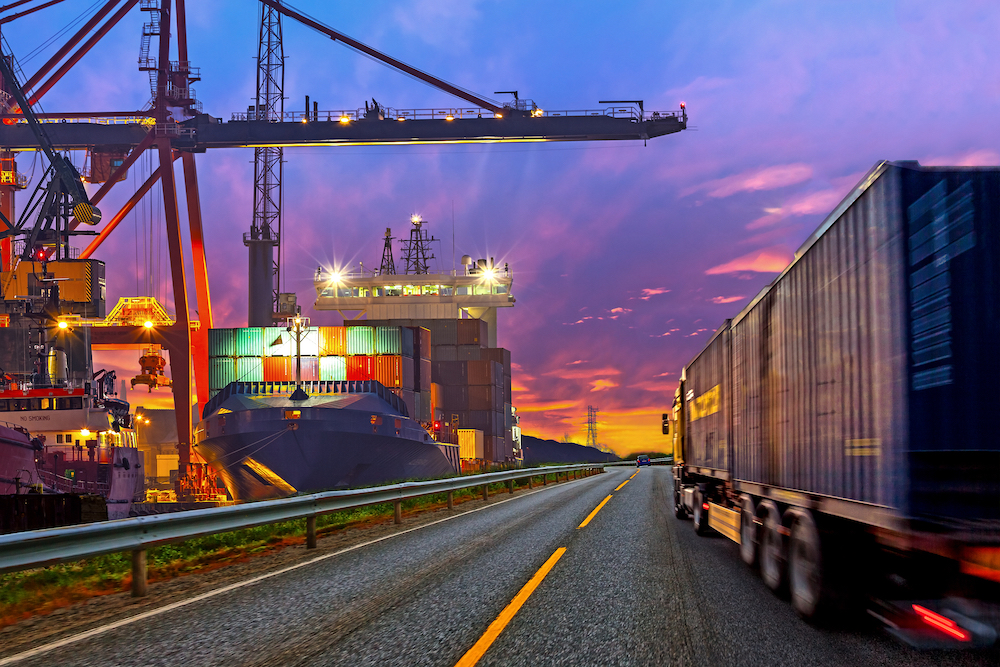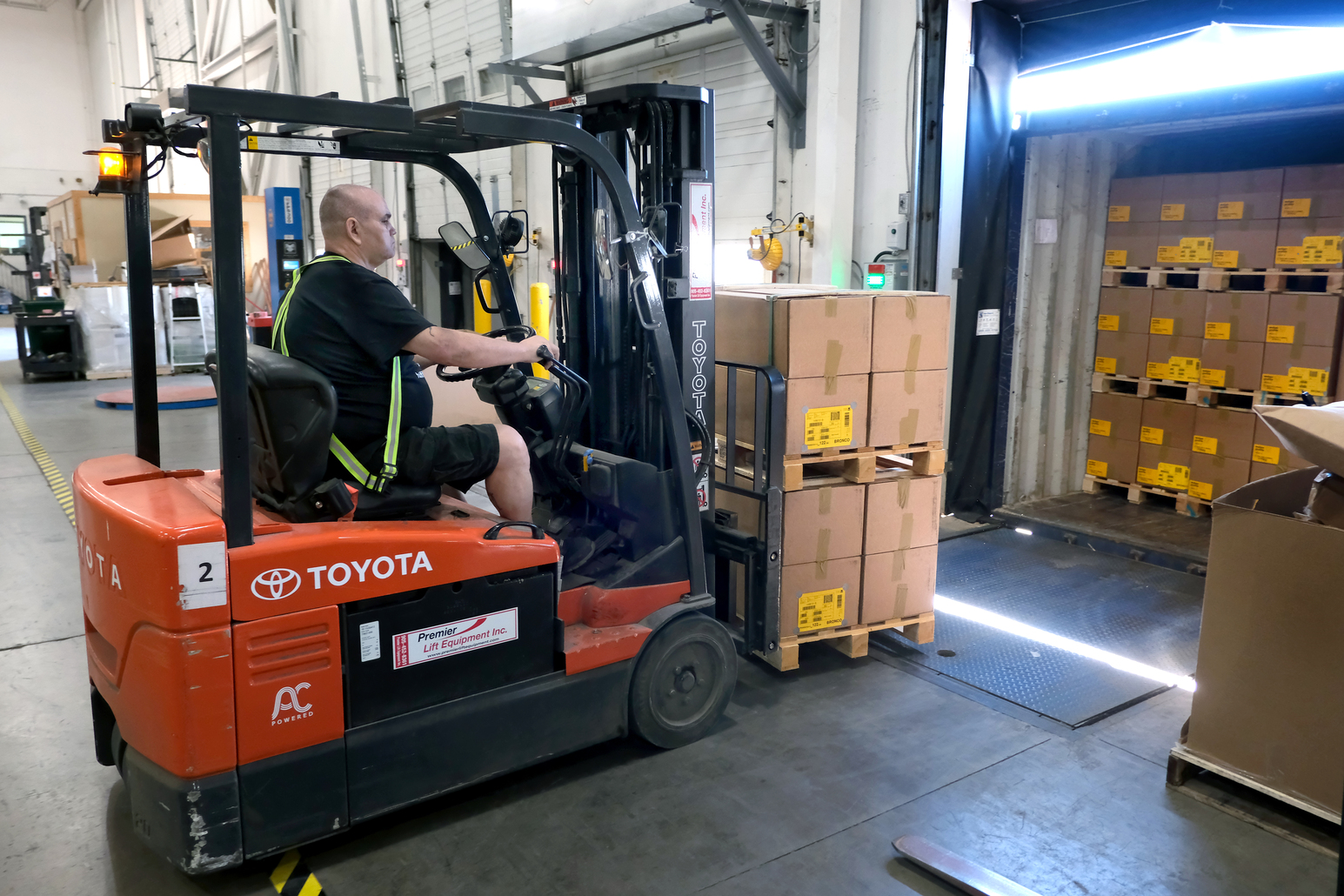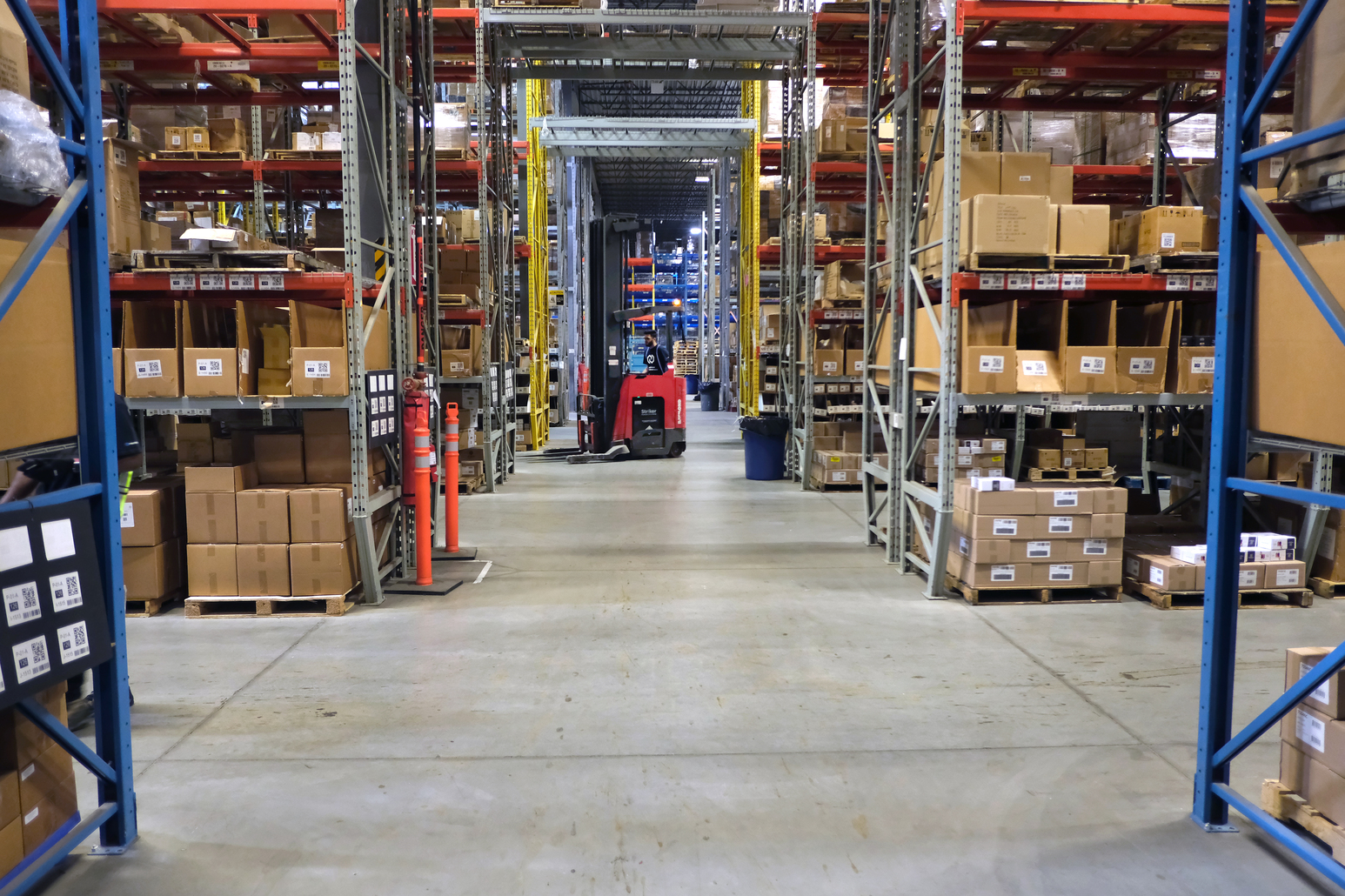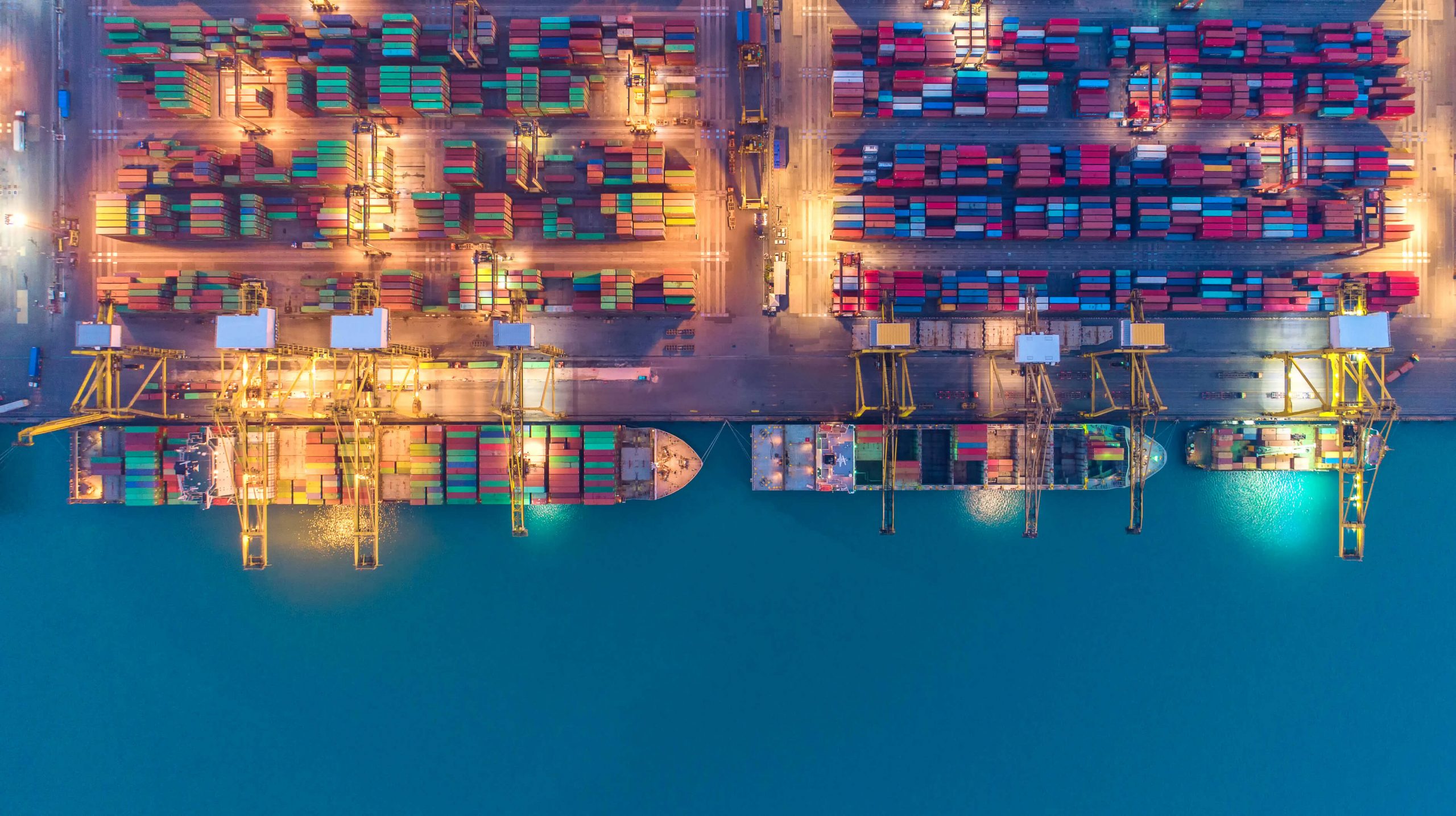On January 20th, the Port of Montreal announced a $132 million plan for expansion in collaboration with the federal government. Montreal has typically been marketed as the logical choice for products destined to America’s Midwest. But these expansion plans, and the federal funding, are critical in order to support future demand. So where does the Port of Montreal stand today and where is it going?
Montreal Port history
For almost 200 years following the establishment of Ville Marie in 1642, what we now know as the Port of Montreal served canoes and barges in a growing fur trade industry. From the first container handled in 1967, the Port of Montreal has seen prosperous growth. Today, the port ranks in the top 100 container ports worldwide and for good reason. Open year-round, Montreal offers the quickest transit time between Europe and North America. All of the major steamship lines sail to Montreal with dedicated weekly services. In addition, robust rail and road connections assure the port has “access to 40 million consumers within one trucking day and 70 million consumers within two rail days??? (Source: Port Of Montreal).
Current Landscape
The Port of Montreal, located between Notre Dame Street and the St Lawrence, extends 26 kilometers along the river bank. The land is owned by the government who leases the sites to various privately owned terminals. The port, operated by the Montreal Port Authority, handles everything from containerized cargo to liquid and dry bulk. In total last year, the port handled over 30 million tons of cargo, propelling Montreal to the 5th largest port along North America’s east coast (Source: International Association of Ports and Harbors).
Why invest now?
- More and more shippers are using the Suez Canal to ship from Asia via Europe, in part due to the congestion issues on the West Coast
- While the European market is still depressed, the new trade agreement with the European Union and Canada is expected to increase traffic, especially Canadian exports.
- Expansion of the Panama Canal, to be completed this year, will increase the maritime traffic the Montreal Port sees from Asia.
- The US currently has $7 billion in projects planned for the east coast. Federal funding is important – with the heartland rail corridor project completed in 2011, federal funding helped create a transit time as short as the Montreal-Chicago transit time between the port of Virginia and Chicago creating direct competition (Source: Canadian Shipper).
The Projects
The federal government will contribute up to $43.6 million, a third of the $132 million project via the New Building Canada Fund. Here’s where the dollars will go (as outlined in La Presse):
- $83 million to increase container capacity in the Viau sector. An additional 450,000 container capacity at Viau will bring the total capacity of the port to 2.1 million containers. Once this project is completed in 2018, the port will have reached full capacity. Future expansion will take place in Contrecoeur, 40 kilometers south of Montreal.
- $26 million to deepen vessel berths. This component of the investment is needed to accommodate the larger, heavier vessels we will begin seeing coming up from Panama. The plan is to dredge the riverbed to allow at least 11.1 meters of water at all the docks.
- $23 million to improve truck traffic access and flow. With 2500 trucks accessing the port daily, roadwork is badly needed to improve congestion. The plan is to build an overpass over Notre Dame Street to access the Souligny interchange and the AutoRoute 25
Conclusion
The government of Canada is investing but so are others. This month, MGT terminals (Cast and Racine) was purchased by a group of Quebec investors. With the above mentioned expansion plans, Montreal, by way of the St Lawrence river, has the potential to become an even more strategic logistics hub then it is today.
Mantoria, headquartered in Montreal and strategically located near the port, can not only handle your freight moves but also provide cost-saving distribution solutions. Contact us today to learn more.



